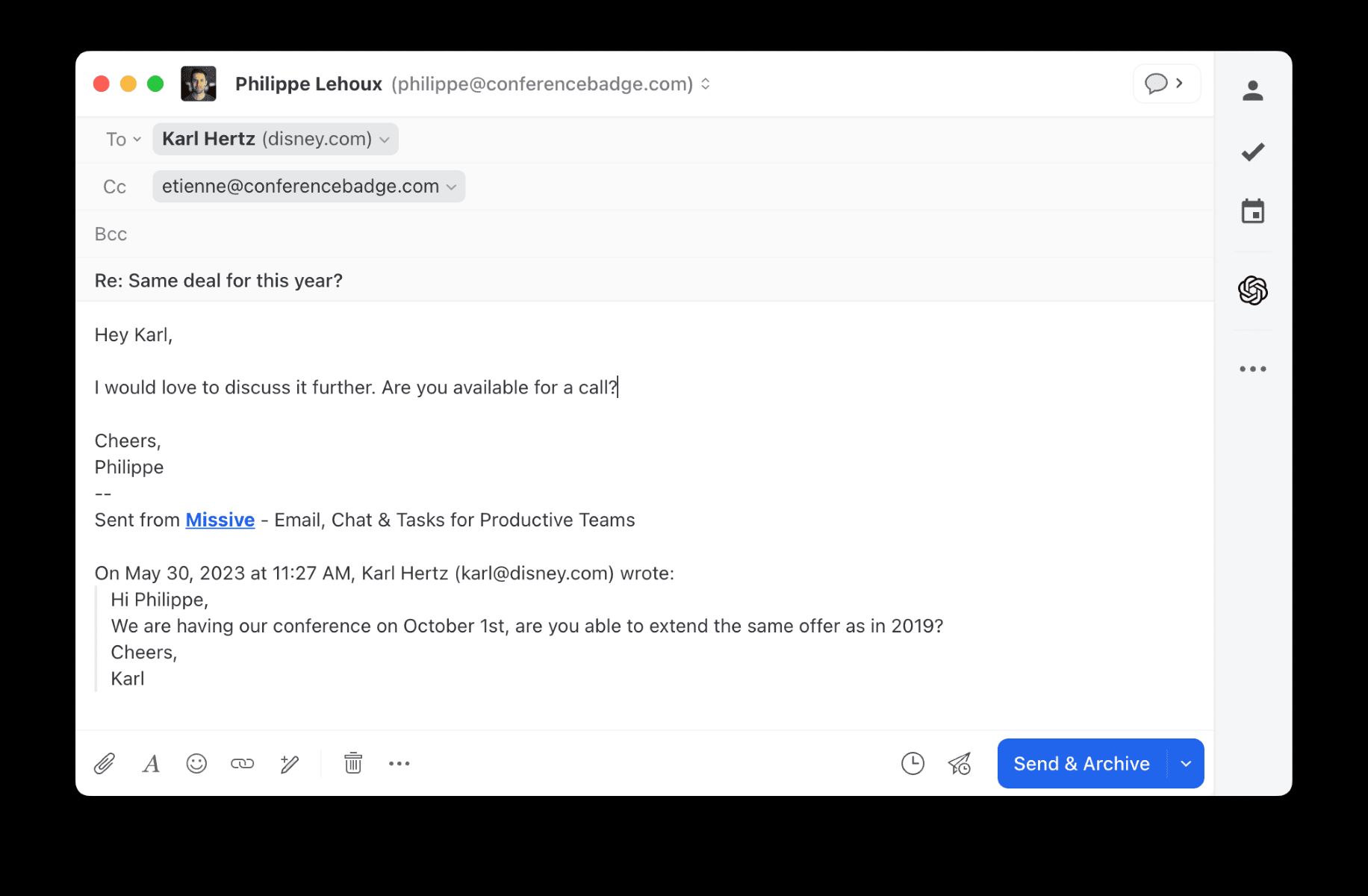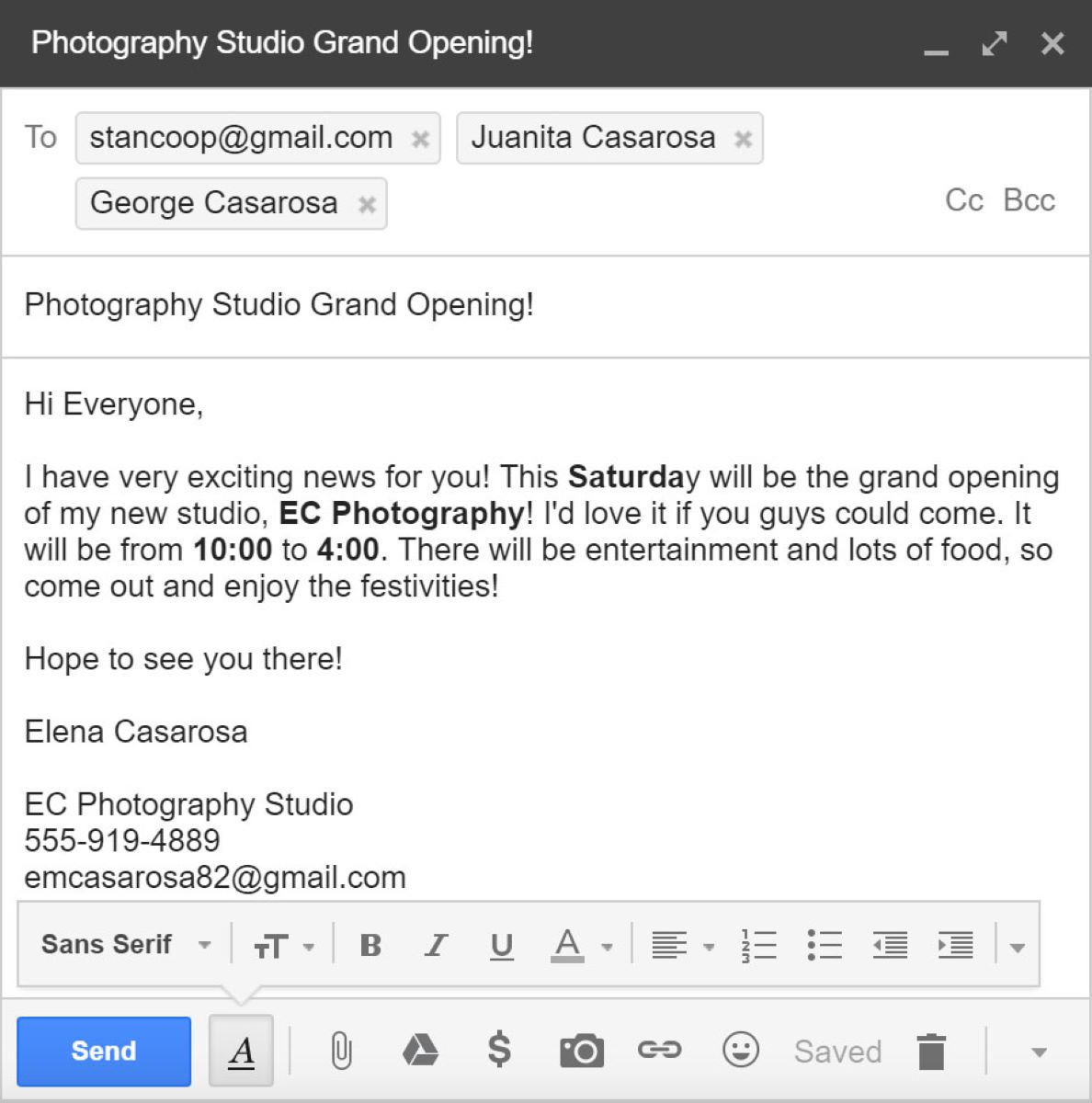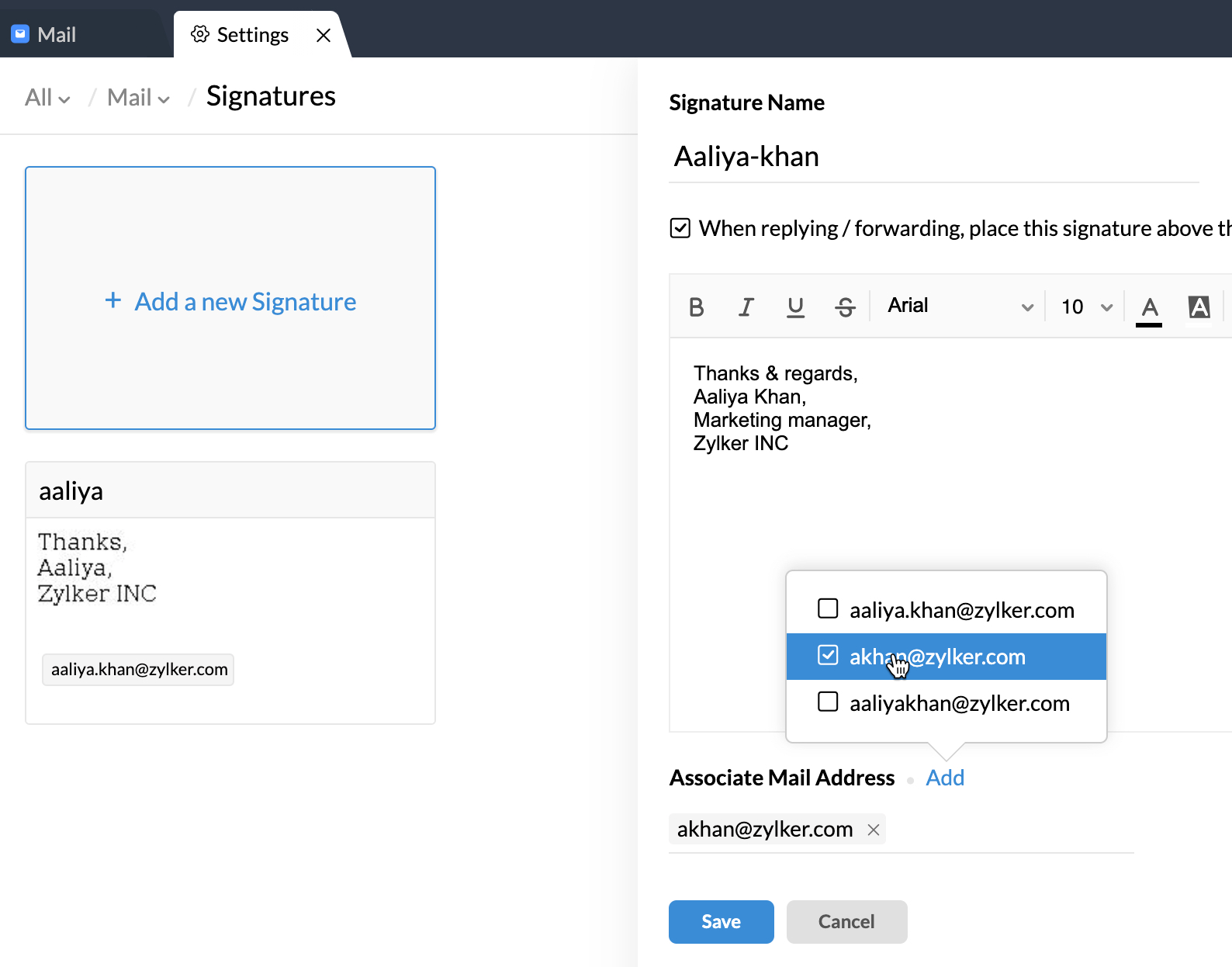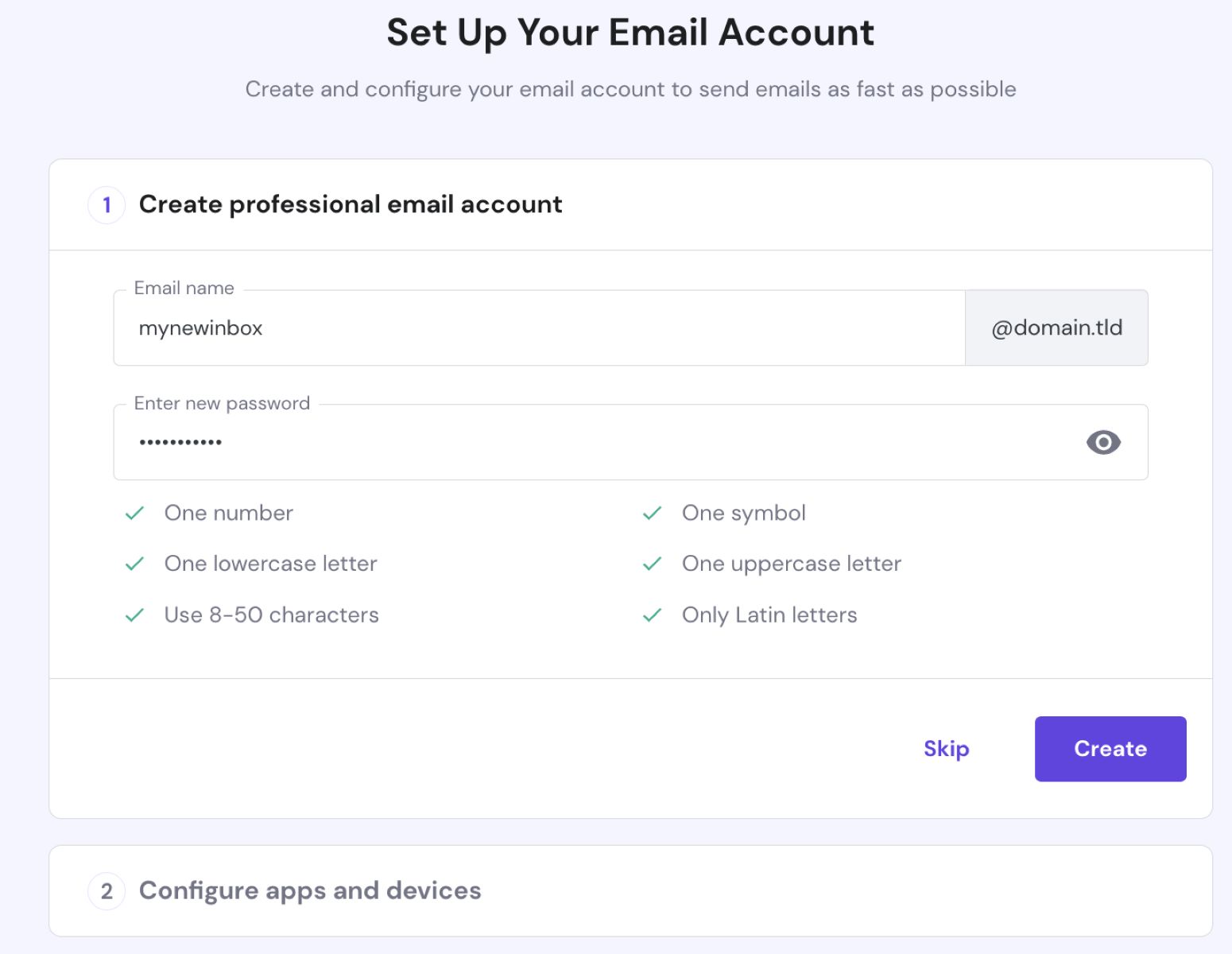Introduction
Communication plays a vital role in both personal and professional settings, and email has become an essential tool for staying connected. In today’s fast-paced world, efficiency and effective communication are paramount. One valuable feature that email providers offer is the “Reply to All” function.
Reply to All allows you to respond to an email by sending your reply to both the original sender and all other recipients of the email thread. This function can be a powerful tool for collaboration, group discussions, or simply keeping everyone in the loop.
Whether you’re new to email or an experienced user, understanding how to properly utilize the Reply to All function can improve your interactions and save valuable time. In this article, we will explore the definition of Reply to All, discuss how to use it effectively, highlight its benefits, address common mistakes to avoid, and explore alternative options.
So, let’s dive in and uncover the many facets of the Reply to All function, enabling you to make the most out of your email communication.
Definition of Reply to All function
The Reply to All function is a feature found in most email programs and services that allows you to respond to an email by sending your reply to not only the original sender but also all other recipients of the email thread. Instead of just replying to the sender, Reply to All ensures that your response is seen by everyone involved in the conversation.
When you receive an email with multiple recipients, such as a group discussion or a team project, the Reply to All function can streamline communication by allowing you to respond to everyone in a single click. This eliminates the need to individually reply to each person, saving both time and effort.
Using the Reply to All function keeps the conversation transparent and inclusive. It enables all parties involved to stay informed about the ongoing discussion and ensures that relevant updates or information are shared with the entire group.
It is important to note that the Reply to All function may have slight variations in different email platforms. Some platforms may label it as “Reply All” or provide the option to “Reply to Group” or “Reply to List.” However, the basic functionality remains the same, allowing you to respond to the collective group instead of just the original sender.
Now that we have a clear understanding of what the Reply to All function entails, let’s explore how to effectively use it to enhance your email communication.
How to Use the Reply to All Function
Using the Reply to All function effectively can improve collaboration and expedite communication within a group email thread. Follow these simple steps to make the most out of this feature:
- Understand the email thread: Before using Reply to All, take a moment to familiarize yourself with the email thread and identify all the recipients. This will ensure that you are aware of who will receive your response.
- Compose your reply: Craft your response thoughtfully, keeping in mind that it will be seen by all recipients. Consider the tone, clarity, and relevance of your message to the broader conversation.
- Select Reply to All: Locate the Reply to All button in your email program or service. Typically, it is positioned next to the regular Reply button. Clicking on it will open a new email window with all the original recipients pre-populated in the “To” or “Cc” field.
- Edit recipients, if necessary: Depending on the nature of your response, you might want to modify the recipient list. Remove any individuals who do not need to be included in your reply. However, exercise caution and ensure that the essential stakeholders remain copied.
- Review your reply: Before hitting send, carefully review your response for any spelling or grammar errors, as well as the overall content. Ensure that it is concise, clear, and aligned with the purpose of the email thread.
- Send your reply: Once you are satisfied with your response, click the send button to dispatch your message to all the intended recipients.
By following these steps, you can effectively use the Reply to All function to contribute to discussions, provide updates, or address queries within a group email thread.
Benefits of Using Reply to All
Utilizing the Reply to All function in your email communications can bring several significant benefits. Let’s explore some of the advantages:
- Efficient communication: Reply to All allows you to respond to multiple recipients simultaneously, saving you the time and effort of composing separate responses to each individual. It streamlines communication by ensuring that everyone receives the same information at once.
- Transparency and inclusivity: By using Reply to All, you contribute to an open and transparent group conversation. All participants can see each other’s responses, fostering a collaborative environment where everyone is on the same page and can actively engage in the discussion.
- Keeping everyone informed: Reply to All ensures that all recipients are kept up to date with the latest developments and information. It eliminates the risk of someone being left out of crucial updates and maintains a cohesive flow of communication within the group.
- Promoting collaboration: By using Reply to All, individuals can collaborate more effectively on group projects or tasks. It allows for collective brainstorming, sharing ideas, and collaborating on decisions, enabling teamwork and leveraging the diverse perspectives and expertise of all recipients.
- Reducing misunderstandings: In a group email thread, using Reply to All minimizes the chances of miscommunication or misinterpretation. It enables all participants to see the responses in context, preventing confusion and providing clarity to avoid any potential misunderstandings.
- Time-saving: Reply to All eliminates the need for multiple back-and-forth emails or individually forwarding responses. It consolidates the conversation in a single thread, saving time for both the sender and the recipients.
By leveraging the benefits of Reply to All, you can enhance your email communication, foster collaboration, and ensure that everyone involved is informed and engaged in the conversation.
Common Mistakes to Avoid When Using Reply to All
While the Reply to All function can be a powerful tool for effective communication, it’s important to be mindful of potential pitfalls. Here are some common mistakes to avoid when using Reply to All:
- Replying unnecessarily: Before hitting Reply to All, assess whether your response is truly relevant to the entire group. If your message is only meant for the original sender or a subset of recipients, consider replying only to those individuals to avoid overloading everyone’s inbox.
- Forgetting sensitive information: Be cautious when sharing confidential or sensitive information using Reply to All. Double-check the content of your response and ensure that it is appropriate for all recipients to see. If necessary, consider using private or encrypted communication channels instead.
- Overloading with unnecessary replies: Be mindful of contributing to email clutter by unnecessarily replying to each and every email in a group thread. If your reply does not add value or is simply an acknowledgment, it may be best to refrain from using Reply to All for every message.
- Misusing Reply to All for personal messages: Avoid the temptation to use Reply to All for personal greetings, thank you notes, or unrelated discussions. Stick to using Reply to All strictly for relevant information and responses that contribute to the ongoing group conversation.
- Ignoring email etiquette: Remember to maintain professionalism and adhere to email etiquette when using Reply to All. Avoid using all capital letters (which can be perceived as shouting) or including inappropriate or irrelevant content that could be considered offensive or unprofessional.
- Failure to manage email notifications: Keep in mind that when you use Reply to All, subsequent responses from other recipients may trigger a barrage of email notifications. Be mindful of this and adjust your email settings accordingly to avoid overwhelming yourself and others with unnecessary notifications.
By avoiding these common mistakes, you can make the most out of the Reply to All function, ensuring that your communication remains efficient, professional, and focused on the group’s objectives.
Alternatives to Reply to All Function
While the Reply to All function can be a valuable tool, there may be situations where using alternatives can be more appropriate or efficient. Here are some alternative options to consider:
- Reply to Sender: If your response is meant for the original sender only and not relevant to the entire group, consider using the Reply to Sender function. This allows you to reply directly to the person who initiated the email thread, keeping the conversation focused and preventing unnecessary clutter for other recipients.
- Create a New Email: If you want to reply to only a select few individuals within the group, or if your response requires a fresh start, consider composing a new email. This allows you to tailor your message specifically to the intended recipients without involving others who may not need to be involved in the conversation.
- Use CC or BCC: Instead of using Reply to All, you can utilize the CC (Carbon Copy) or BCC (Blind Carbon Copy) fields when composing your response. CC allows you to send a copy of your response to other relevant parties, while BCC allows you to send a copy without the other recipients knowing. This provides more control over who receives your message, especially if you need to include additional individuals without cluttering everyone’s inbox.
- Create a Distribution List: In situations where you frequently collaborate with the same group of individuals, creating a distribution list can be an effective alternative. A distribution list is a pre-set group of email addresses that can be easily selected with a single recipient entry. This allows you to send your response to the entire group without relying on Reply to All.
- Utilize Collaboration Tools: Depending on the nature of your communication, utilizing collaboration tools like project management software, chat platforms, or shared document systems can be more efficient and organized. These tools often provide dedicated spaces for group discussions, file sharing, and real-time communication, reducing the need for lengthy email threads.
By considering these alternative options, you can select the most suitable method of communication for your specific scenario, improving efficiency and ensuring that your messages reach the intended recipients effectively.
Conclusion
The Reply to All function can be a valuable tool in email communication, allowing you to respond to multiple recipients within a group conversation. By understanding how to effectively use this feature, you can enhance collaboration, transparency, and efficiency in your email interactions.
In this article, we explored the definition of the Reply to All function and discussed the steps to use it effectively. We also highlighted the benefits of utilizing this feature, such as efficient communication, transparency, and keeping everyone informed. Additionally, we addressed common mistakes to avoid when using Reply to All, ensuring that your messages are relevant, professional, and avoid unnecessary clutter.
Moreover, we presented alternatives to the Reply to All function, such as replying only to the original sender, creating a new email, using CC or BCC fields, creating distribution lists, or utilizing collaboration tools. These alternatives provide flexibility and help you choose the most appropriate method of communication for specific situations.
By applying the knowledge gained from this article, you can navigate email conversations more effectively, improve collaboration within groups, and streamline your communication process. Whether you are a professional collaborating on a project or an individual involved in a group discussion, the Reply to All function, when used wisely, can be a powerful tool for effective communication.
So, the next time you find yourself in an email thread with multiple recipients, make the most out of the Reply to All function, ensuring that your contributions are seen by the right people, promoting collaboration, and driving meaningful conversations forward.

























